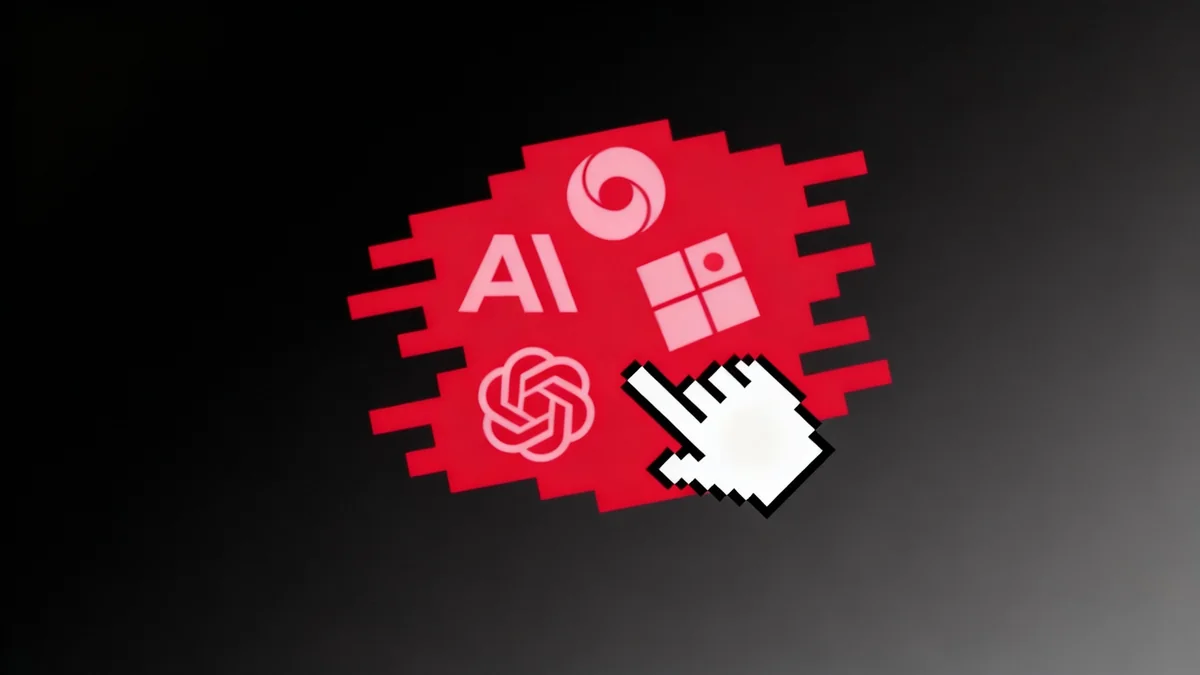Activists and public figures are facing a disturbing new form of online harassment, where generative artificial intelligence is used to create hyper-realistic and violent images depicting them in horrific situations. This technology is making digital threats more visceral and traumatic than ever before, raising urgent questions about safety and regulation on social media platforms.
Caitlin Roper, a campaigner with the Australian activist group Collective Shout, recently became a target of a coordinated attack. Harassers used AI to generate images of her being subjected to extreme violence, including depictions of her being hanged and set on fire. The sophistication of these tools allowed for the creation of content that was not only graphic but also deeply personal, blurring the line between digital threat and real-world terror.
Key Takeaways
- Generative AI is being weaponized to create realistic and violent content for online harassment campaigns.
- Activists, journalists, and public figures are primary targets of these sophisticated digital attacks.
- The personal and realistic nature of AI-generated threats can cause significant psychological trauma.
- Social media platforms face growing pressure to detect and remove this new form of abusive content.
The Evolution of Digital Threats
For years, online harassment has been a persistent problem, often involving text-based insults or crudely edited images. However, the widespread availability of powerful generative AI tools has fundamentally changed the landscape. These programs can produce high-quality, customized images and videos from simple text prompts, allowing anyone to create disturbing content with minimal effort.
In the case of Caitlin Roper, the AI-generated images were alarmingly specific. One video showed her in a blue floral dress that she actually owns, a detail that amplified the psychological impact of the threat. This level of personalization makes the harassment feel more targeted and invasive, as if the perpetrator has intimate knowledge of the victim's life.
The attacks against Ms. Roper and her colleagues at Collective Shout included a barrage of violent imagery posted on platforms like X, formerly known as Twitter. The content depicted the women being decapitated, flayed, and put through a wood chipper. This escalation from typical online trolling to simulated graphic violence represents a significant and dangerous shift.
A Tool for Intimidation and Silencing
Experts warn that this form of harassment is not random but is often used as a strategic tool to intimidate and silence individuals, particularly women, who are vocal online. Activist groups, journalists, and politicians are increasingly finding themselves targeted by campaigns designed to cause emotional distress and force them out of public discourse.
What is Generative AI?
Generative artificial intelligence refers to a type of AI that can create new content, including text, images, audio, and video. It learns patterns from massive datasets and then uses that knowledge to generate original outputs based on user prompts. While it has positive applications in art, design, and entertainment, it can also be misused to create disinformation and harmful material.
The goal of these attacks is often to create an environment of fear. By generating content that simulates real violence, perpetrators aim to inflict psychological trauma that extends beyond the digital realm. For victims, the experience can be profoundly unsettling, leading to anxiety, fear for personal safety, and a reluctance to continue their work.
"Even though she was toughened by years spent working in internet activism, Caitlin Roper found herself traumatized by the online threats she received this year."
The ease of access to these AI tools is a major contributing factor. What once required advanced photo-editing skills can now be accomplished in seconds by anyone with an internet connection. This democratization of content creation has unfortunately also democratized the ability to inflict severe psychological harm.
The Challenge for Social Media Platforms
The rise of AI-generated harassment poses a significant challenge for social media companies. Their content moderation systems, which are often trained to detect known abusive images or keywords, struggle to identify novel, AI-generated content. Each image is unique, making it difficult for automated systems to flag and remove it effectively.
Platforms like X and YouTube are under increasing pressure to update their policies and enforcement mechanisms to address this new threat. Critics argue that current safety protocols are inadequate for the scale and sophistication of AI-driven abuse. The speed at which this content can be created and spread often outpaces the platforms' ability to respond.
The Scale of the Problem
While specific data on AI-generated harassment is still emerging, reports of non-consensual deepfake pornography and other forms of synthetic media abuse have skyrocketed. This new wave of violent imagery represents a further escalation, leveraging the same technology for direct intimidation.
Several key challenges exist for moderation:
- Detection: AI-generated images can be difficult to distinguish from real photographs, complicating automated detection.
- Volume: A single user can generate hundreds of unique abusive images in a short amount of time.
- Policy Gaps: Existing community guidelines may not explicitly cover simulated violence created by AI, leading to inconsistent enforcement.
Looking for Solutions
Addressing this issue requires a multi-faceted approach. Technology companies are working on developing better detection tools, such as digital watermarking, to identify AI-generated content. However, determined bad actors can often find ways to circumvent these measures.
Legislators and regulators are also beginning to consider how to hold platforms accountable. New laws may be needed to address the creation and distribution of malicious synthetic media. Public awareness campaigns can also help educate users about the reality of these threats and the psychological harm they cause.
For victims, the path forward is difficult. The trauma is real, and the sense of violation is profound. Support systems and clearer reporting channels are essential to help them navigate the aftermath of these targeted attacks. As AI technology continues to evolve, the race to build effective safeguards against its misuse has become more urgent than ever.





